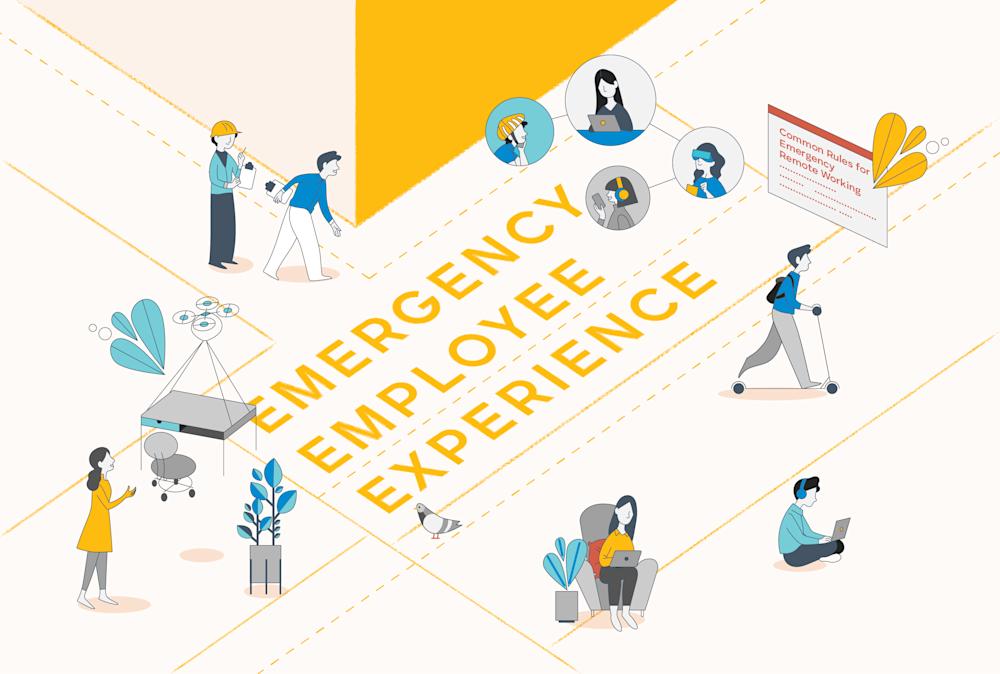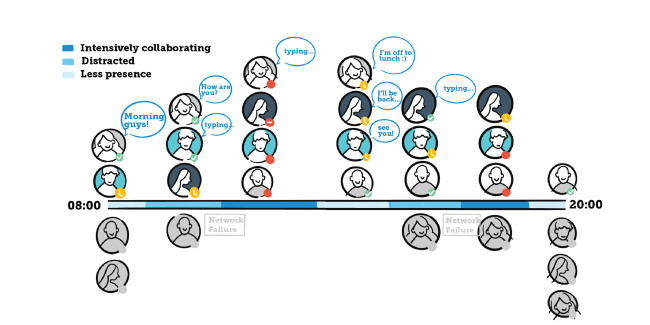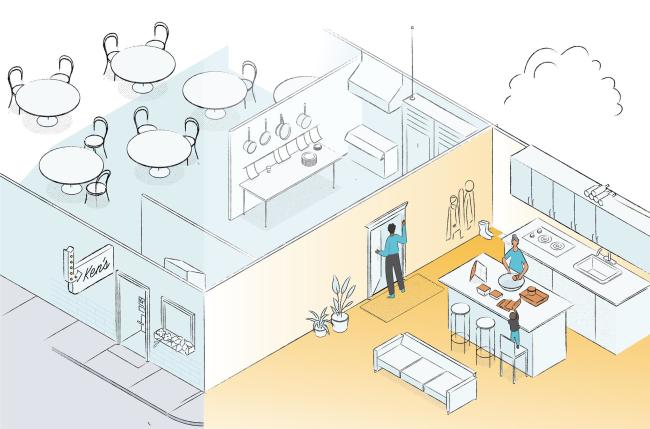
COVID-19 has posed exceptional challenges for organizations around the world. The global coronavirus outbreak has already been deemed by some a “black swan,” taking companies of different sizes and structure by surprise. On top of effectively slowing or halting entire industries, and exposing the fragility of existing business models, COVID-19 is forcing organizations to quickly mobilize their workforces, resulting in the world’s largest work-from-home experiment to date.
While coronavirus is the latest and most large-scale example, organizations and employees in some parts of the world have been in emergency-mode more often in recent times, usually related to the effects of climate change. Some regions face environmental emergencies on a regular basis: Taiwan, for example, prepares for typhoon disruptions through disaster plans, anticipating contingency actions for employees safety, emergency communications and relocation of business operations.
As the world works to pivot and figure out how to function during a global pandemic, questions arise: What steps need to be taken if the current situation becomes the new normal for an extended period of time, or if it needs to be repeated many times throughout the year? What’s the indirect toll that this will take on employees? How can we better protect frontline employees? How can we better enable remote work? What does working remotely mean for people whose jobs rely on collaboration? Or for those that depend on work for healthy socialization? How do we reduce the negative impact on individuals’ mental wellbeing whose stability is built around routines that suddenly disappear? With emergency situations becoming more and more common, companies must be able to answer these questions by continuously preparing for disasters and emergency scenarios, rather than just reacting.
It's not always possible to predict when emergencies will occur, but it is possible to design emergency scenarios to understand how we’d react if they were to happen. Most companies have contingency plans for their business, offering, and markets, but a few leading organizations have truly prepared themselves for disruptions. This approach can and should be extended to management, marketing, and HR departments. By envisioning the impact of emergency disruptions on internal processes, organizational design, and working process, companies can better face emergencies.
The question is: How can companies build a “staying ready” mindset? How can they get ready to build an emergency-proof employee experience (EEE)? The answer: by developing internal intelligence, defining shared priorities, and prototyping a parallel work experience.
Develop Internal Intelligence
Companies must develop an open, trusting approach, one that gives the right degree of autonomy to employees and supports multiple ways of working. They need to more deeply consider the impact of emergencies on employees, as part of their preparation.
It’s important to question the one-size-fits-all approach when it comes to people. By considering how individuals might respond differently and how they might have different functional and emotional needs during temporary crises, companies can create better solutions for its employees. Companies should create an integrated, flexible solution that can help them rapidly adapt to different business disruptions. For example, J-Alert is a Japanese nationwide warning system across different low-fi channels that reaches citizens with crucial information and guidance about natural disasters or even missile attacks. Together with advanced systems of intelligence (think of using AI and IoT for disaster prediction and response), they can help organizations have an agile response, customized to different regional situations and individual needs.
Define Shared Priorities
It’s fundamental that a culture of preparedness and resilience reaches all levels within an organization (some British supermarkets, such as Tesco, did this with their crisis planning). This needs to be reflected in how the emergency initiative is framed internally, how inter-agency and inter-company groups are structured, and what the shared responsibilities are. People at different levels and roles should be educated about the culture of emergency prevention and response, with a positive focus on how to best react during those situations, avoiding panic or paranoia. Dissemination of relevant knowledge, possible hazards, vulnerabilities and available capacity is key to reducing underlying risk factors that could impact every single person or business.
In certain cases, a diverse cross-section of employees can be involved in defining which emergency scenarios to focus on and, in collaboration with experts, develop the co-creation of solutions. (The quick work General Motors and Dyson recently completed on ventilators, not to mention our own GENTL Mask project, can be seen as a starting point of this category.) This approach will empower and involve employees, enabling them to react and make the right decisions for the business even in times of crisis.
Prototype a Parallel Work Experience
Testing and prototyping should sit at the base of a hypothetical parallel work experience. Experimenting with different possible answers to “What if…?” questions helps explore how adaptable your organization would be in different emergency scenarios. At a minimum, we need to focus on physical safety, but also explore how to maintain business continuity and enable the organization’s employees to stay both healthy and productive. The two should be tied hand-and-hand. As part of work-from-home drills, ask individual workers or whole teams to participate in prolonged pilots that explore the potential consequences of new normal working conditions. They could work remotely for a week or month, and develop solutions and practices that best suit them, helping to inform the organization about what would be required in an emergency disruption.
Risk management for emergencies requires an integrated approach as it impacts multiple dimensions and departments. Each organization, no matter its size or context, needs to get in the right mindset to find what helps them and their people thrive—not only survive—during harder times, as well as quieter ones. Now is the time to start this journey.
In our next post, we’ll look at the factors you’ll need to consider when designing a holistic, emergency-proof employee experience.
Image by Shumeng Tan





